Installation Virtuelle Theodore A. Harris
Texte intégral
Cette installation inclut un portfolio d’oeuvres de Theodore A. Harris, un texte d’accompagnement de l’artiste, ainsi qu’une vidéo.
9 images from Theodore A. Harris’s Conscientious Objector to Formalism series
Conscientious Objector to Formalism by Theodore A. Harris
Conscientious Objector to Formalism is a series of minimal, image, and quotation based works that uses poetry to confront mainstream art criticism, art history, to look beneath the surface politics of aesthetics and formalism in a presentation of art that is not self-referential or to put a Black face on the art history of imperialism.
In the main the series takes as its subject how Black Art is historicized and reviewed by mainstream art critics. My intention is to grapple with how contemporary art criticism narrowly speaks to the politics of the subject matter rather than approach to materials.
In the October 25, 2012 edition of the New York Times art critic Ken Johnson wrote a “wrong headed” review of the historical exhibition Now Dig This!: Art and Black Los Angeles 1960 – 1980 curated by Kellie Jones. He negated the worth of the exhibition and focused on the politics of the show—in that all of the artists were Black artists rather than discuss the quality of the work. Johnson wrote: “Herein lies the paradox. Black artists did not invent assemblage. In its modern form it was developed by white artists like Picasso, Kurt Schwitters, Marcel Duchamp, David Smith and Robert Rauschenberg….” To try and make this “paradox” a reality is in a long tradition of bigoted formalist criticism of which the function is to reinforce the marginalization of Black artists. The forward thinking artists in Now Dig This!: such as Betye Saar, John Outterbridge, Noah Purifoy, John T. Riddle, David Hammons and Melvin Edwards have advanced visual language; assemblagists whose work is formally rigorous and socially engaging without celebrating the 4th of July. Therefore I see his writing as New York Times “stop and frisk” art criticism.
Artist Kira Lynn Harris delivered a talk at The Museum of Modern Art in New York, as part of the Now Dig This! Symposium. Her comments get at the root of how the work of Black artists is criticized when it is stopped and frisked by mainstream art critics: “Usually just by the mere fact that these bodies are creating the work seems to take Aesthetics out of the equation for a lot of critics and it is incredibly problematic and I think that’s actually still true and that seems to go whether the work is inherently political or apolitical that the Aesthetics and the formal concerns tend to be forgotten because the Black body is all that the mainstream critics tend to see…”
(Johnson’s Stop and Frisk Criticism, Conscientious Objector to Formalism series, 2014)
In this series I have appropriated the image from the Dutch Masters Cigar box which is an edited version of Rembrandt van Rijn’s The Sampling Officials of the Amsterdam Drapers’ Guild, known as ‘The Syndics’ about 1662. Here I use the image with text not only to talk back to art history’s masters, but also to the history of the Dutch West India Company who were major traders in the flesh business at the time Rembrandt painted this work.
I am interested in what the art work is not telling me about the world in which the artist lived at the time he created this work.
(Theodore A. Harris, After Fanon and Shozawa, Conscientious Objector to Formalism series, 2014)
The series started with the double book cover of Frantz Fanon’s Black Skin, White Masks pictured above, inspired by artist Katherine Shozawa’s words, “White frames on white walls colonize the space.” Turning the tools of visual art and literary speak into conceptual poetry directed at; in the words of artist Martha Rosler, “the other thing taboo in art: that you don’t make the art world have to think about something that’s actually effecting them outside the space where the exhibition actually occurs, because the white cube is a space apart that transcends topical issues….” It is within the white cube that Aryan–idolizing German fascists presented the Degenerate Art exhibit, and colonized Namibia in what proved a rehearsal for the ethnic cleansing of the Jews; built on a “whites only” value system of dismemberment. Aesthetics is one of many branches of philosophy from which our work is framed, jailed, and hung on trumped up charges by the judges and prison wardens of aesthetics and formalism!
(Theodore A. Harris, Greenberg’s Forked Tongue, Conscientious Objector to Formalism series, 2014)
(Theodore A. Harris, After Harold Rosenberg, Conscientious Objector to Formalism series, 2014)
First delivered at the exhibition Conscientious Objector to Formalism
Paley Library Temple University
February 17th 2015
Philadelphia, PA.
I want to thank Najja Z. Keita for assisting with the images and Lamont B. Steptoe, Xavier J. Richardson and Lisa Backe for assisting me with the autopsy on the text.
Video: Amiri Baraka and Theodore A. Harris
Auteur
Theodore Harris
Theodore A. Harris was born in 1966 in New York City and raised in Philadelphia, where his art practice is based. Harris is a collagist, author, poet, curator, and essayist on the intersection of art and politics. His work has been exhibited nationally and internationally in galleries and museums such as The University of Chicago Center in Paris, France; University of Pennsylvania, PA; Hammonds House Museum and Resource Center of African American Art, Atlanta, GA; Harmony House Stanford University, CA. His work is in private and public collections such as The Pennsylvania
Academy of the Fine Arts, (PA), the Center for Africana Studies University of Pennsylvania, Saint Louis University Museum of Art, Du Bois College House University of Pennsylvania, Lincoln University, La Salle University Art Museum. He has held residences at the Ashe Cultural Arts Center (New Orleans), 40th Street A-I-R (Philadelphia), Hammonds House Museum and Resource Center of African American Art (Atlanta, GA), and the International Festival of Arts and Ideas (New Haven, CT). He has co-authored books with Amiri Baraka–Our Flesh of Flames (Anvil Arts Press: https://www.youtube.com/watch?v=gUPSiPbqn-Y), Malcolm X as ideology–and with Fred Moten–i ran from it and was still in it (Cusp Books). His exhibitions in 2015 were:
- Collage and Conflict, La Salle University Art Museum (Philadelphia, PA): http://vimeo.com/19613879 / https://www.youtube.com/watch?v=a0AtcUSdke0
- Conscientious Objector to Formalism, Temple University, Paley Library (Philadelphia, PA)
- The KNIFE Unsheathed: Works from 1995 to 2015, City of Philadelphia Mural Arts Program (Philadelphia, PA)
Harris is the founding director of the Institute for Advanced Study in Black Aesthetics.
Theodore A. Harris est né en 1966 à New York et a grandi à Philadelphie, où il travaille en tant qu’artiste au croisement de l’art et de la politique. Collagiste et poète, auteur et essayiste, commissaire d’expositions, Theodore A. Harris a présenté ses œuvres dans plusieurs galeries et musées américains et internationaux : l’Université de Chicago à Paris; l’Université de Pennsylvanie; le Hammonds House Museum and Resource Center of African American Art, à Atlanta; le Harmony House de l’Université de Stanford, en Californie. Son travail fait également partie de collections privées et publiques telles que celles du Center for Africana Studies de l’Université de Pennsylvanie; le Musée d’Art de l’Université de Saint-Louis, le Du Bois College House de l’Université de Pennsylvanie; l’Université Lincoln ou le Musée d’Art de l’Université de La Salle. Theodore A. Harris a été artiste en résidence dans les institutions, centre artistiques et festivals suivants : le Ashe Cultural Arts Center (Nouvelle-Orleans), le 40th Street A-I-R (Philadelphie), le Hammonds House Museum and Resource Center of African American Art (Atlanta) et le International Festival of Arts and Ideas (New Haven). Il est l’auteur, avec Amiri Baraka, de Our Flesh of Flames (Anvil Arts Press : https://www.youtube.com/watch?v=gUPSiPbqn-Y), Malcolm X as ideology, et a signé avec Fred Moten i ran from it and was still in it (Cusp Books). Il a présenté en 2015 3 expositions :
- Collage and Conflict, La Salle University Art Museum (Philadelphia, PA): http://vimeo.com/19613879 / https://www.youtube.com/watch?v=a0AtcUSdke0
- Conscientious Objector to Formalism, Temple University, Paley Library (Philadelphia, PA)
- The KNIFE Unsheathed: Works from 1995 to 2015, City of Philadelphia Mural Arts Program (Philadelphia, PA)
Theodore A. Harris est le directeur du Institute for Advanced Study in Black Aesthetics qu’il a fondé.
Pour citer cet article
Theodore Harris, Installation Virtuelle Theodore A. Harris, ©2016 Quaderna, mis en ligne le 28 mars 2016, url permanente : https://quaderna.org/3/installation-virtuelle-theodore-a-harris/
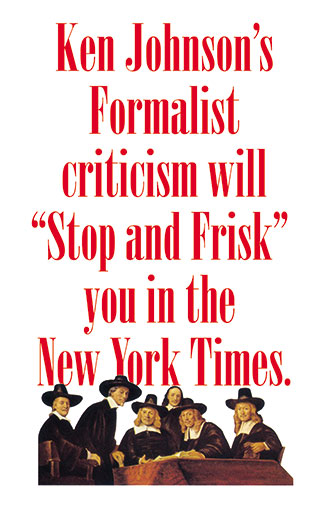
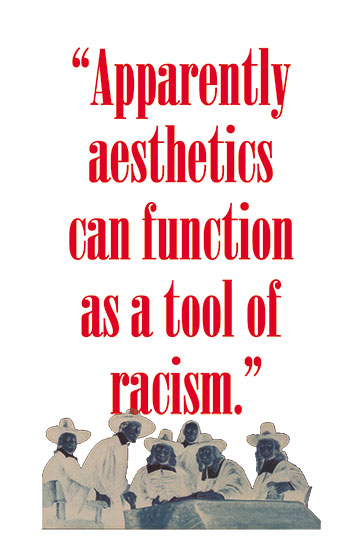
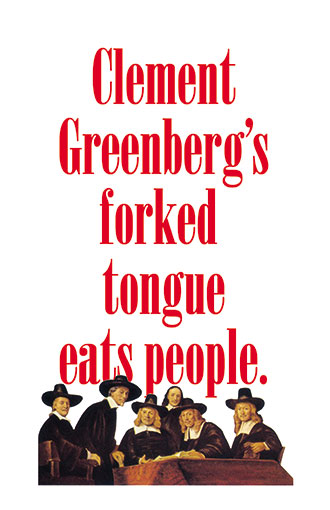
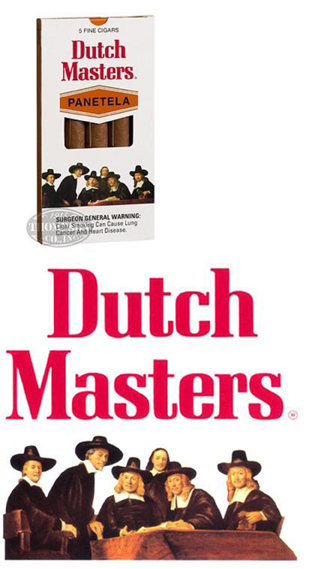
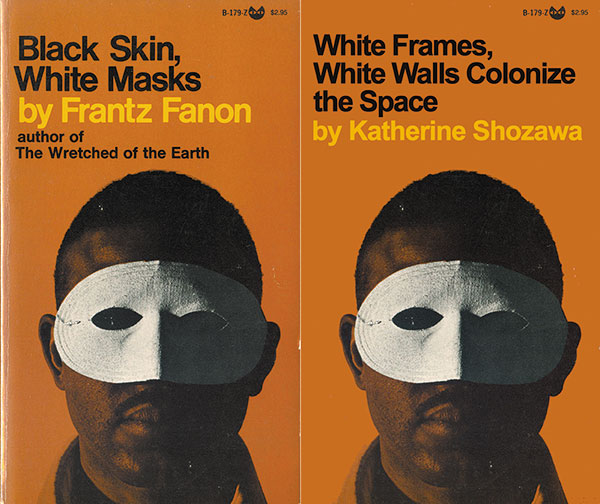
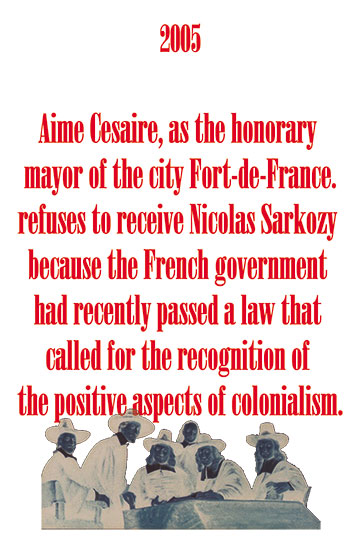
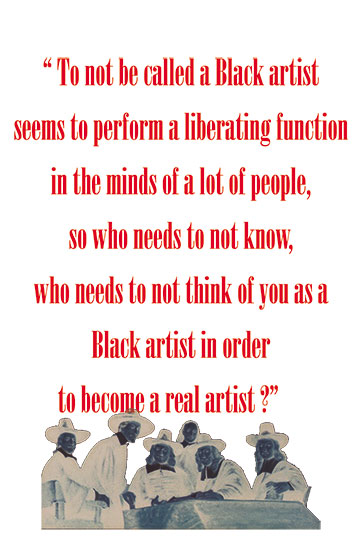
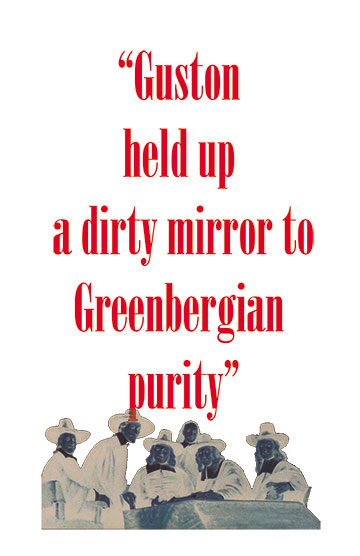
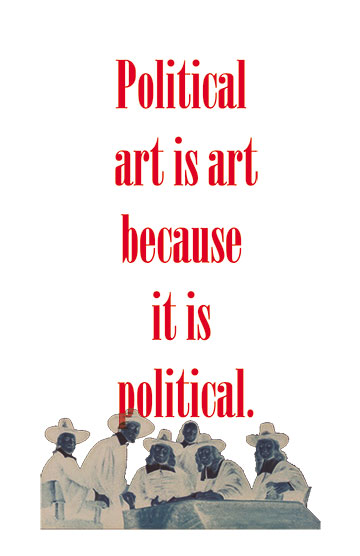
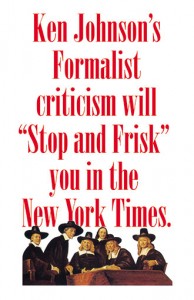
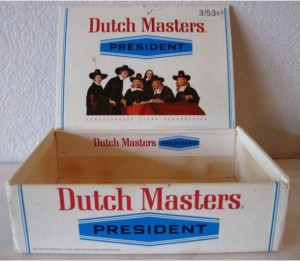
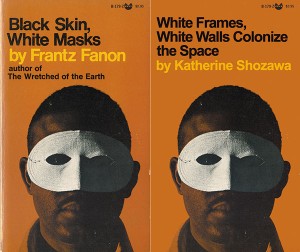

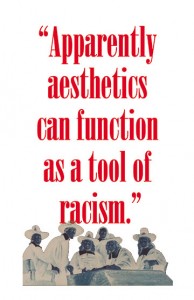
a multilingual and transdisciplinary journal